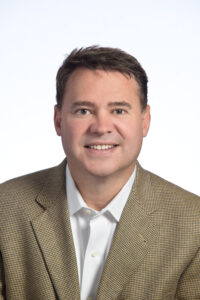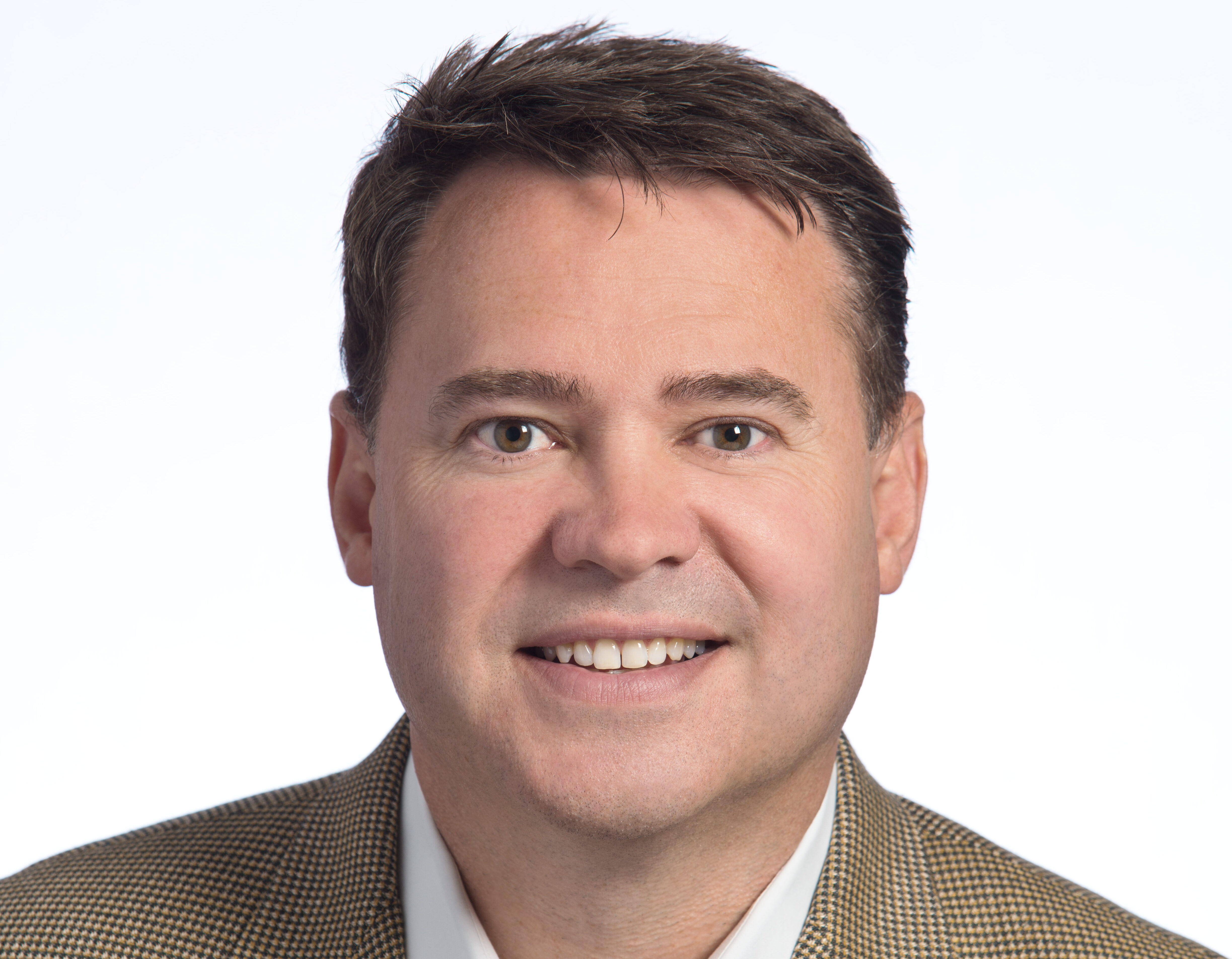Scott Tew’s sustainability journey began on his family’s produce farm in Alabama. There, he learned that “natural resources are precious gifts that need to be nurtured, protected, and never squandered.”

Today, Tew’s the Executive Director of Ingersoll Rand’s Center for Energy Efficiency and Sustainability (CEES). But, as he writes in Practicing Sustainability, in many ways he hasn’t travelled all that far from the farm.
The CEES supports all of Ingersoll Rand’s strategic brands—Club Car, Ingersoll Rand, Trane and Thermo King—and is responsible for forward-looking sustainability initiatives aimed at transitioning to more efficient and climate-friendly solutions, and minimizing resource use within company facilities. The company has appeared as a top performer in both the U.S. and World Rankings for the Dow Jones Sustainability Indices (DJSI).
Tew’s efforts have led to the development of world class initiatives, including the introduction of the company’s comprehensive triple bottom line targets, the creation of the EcoWiseTM product portfolio, and its industry leading public commitment to combat climate change at the UN Climate Summit.
Bard MBA alum Heather Bowden spoke with Tew about how Ingersoll Rand is fulfilling its bold climate commitment and the company’s global approach to sustainability.
The following Q&A is an edited excerpt from the Bard MBA’s April 5th The Impact Report podcast. The Impact Report brings together students and faculty in Bard’s MBA in Sustainability program with leaders in business, sustainability and social entrepreneurship.
Republished from GreenBiz.
BOWDEN: YOU FOUNDED THE CEES IN 2010. HOW DID THAT COME ABOUT?
About ten years ago, the company was at an inflection point with a new leader. Both Mike [Lamach] and the Board had a lot of ideas about the company’s future strategy. Part of that strategy was the adoption of sustainability as a lever to provide the key deliverables that sustainability provides for all companies.
The first is productivity. Many companies use sustainability as a lens to help them become more efficient, especially if they’re manufacturing companies. The second is to help identify risk, which could be things like climate-related risk, labor-related risk. Many companies also use sustainability to help them identify pathways to solve risk-related issues.
Third, Mike and the team who were unveiling a strategy for the company wanted to find a way to use sustainability as a growth opportunity—to help identify large problems like urbanization, or climate change, or resource restraints. You find those big issues and then reposition the company to innovate around solutions for them that lead to growth opportunities. The best companies out there are using sustainability for all three of those areas, and we’ve been doing that now for the last ten years at CEES.
BOWDEN: INGERSOLL RAND COMMITTED TO A 35% REDUCTION IN OPERATIONAL GHG EMISSIONS BY 2020 AND ACHIEVED THAT GOAL TWO YEARS AHEAD OF SCHEDULE. TELL US HOW.
Our Climate Commitment is really a three-part commitment. The first part was around our manufacturing and about reducing the GHG footprint of our operations, as you mentioned. Many companies have a commitment around this, and I think ours was significant. It was a 35% reduction in our GHG footprint with a 2013 baseline. What we don’t typically say is that we also achieved a 25% reduction in the year leading up to 2013, on top of that significant improvement. We did that by making sure our production facilities were efficient. Some of the things we did any company can do, like installing rapid-rise doors, which are more efficient, and changing out large energy consuming systems such as HVAC systems.
The second piece of our commitment dealt with the product side, which is exciting because not many companies have set goals around reducing the GHG emissions of their products. That commitment was a 50% reduction in the GHG refrigerant footprint of our products—also by 2020. We’re well on our way to achieving that. We did achieve the 35% operations reduction two years early, and sometimes that kind of momentum inside a company can help engage employees and drive innovation. It’s exciting when you achieve more than you thought was possible earlier.
The commitment on the product side was also significant because it changed the conversation around the regulatory frameworks that are needed to introduce new products into the marketplace. We make products that are regulated oftentimes by things like building codes—so, we can’t sell products unless building codes allow us to. Not only did we say that we were committing to making innovative products and bringing them to market, but we also signalled to regulators that we needed them to work on allowing those products in the marketplace because of their enhanced efficiency or because of their low climate impacts. Sometimes you set targets that are so bold that it drives other actions in the marketplace, which is really exciting.
The third piece of our commitment was around an investment fund. We set aside five hundred million dollars to research and develop pathways for low GHG emissions solutions that did not exist on the day we made the commitment.
That’s our threefold commitment. It was bold and it still remains a leading climate commitment for any company, but in particular for an industrial company. We’re very proud of it.
BOWDEN: YOU HAVE MANUFACTURING AND ASSEMBLY OPERATIONS IN FIFTY-ONE COUNTRIES. WHAT PROGRESS HAVE YOU MADE AT YOUR OVERSEAS FACILITIES?
That’s a great and also a fair question. We’re a global company with a global footprint. Many times our footprint has been adjusted so that we have an in-region manufacturing footprint, as we call it. What that means is that we try to have a manufacturing footprint within a region that serves that region. For example, we have manufacturing levels that would meet the demands of China or Asia Pacific and we would do the same in North America. That’s number one about the approach.
Number two is that our approach to sustainability around the world is not unique to one region over another. We’re on a hunt for the same efficiency levels in Asia Pacific or Europe that we are in North America. By the way, there are great learnings from our factories in Asia Pacific that we use as best practices in our facilities in North America.
We have a global team that’s eager to share what works in their facilities. For example, we’ve used a best case scenario of stormwater capture in our Galway, Ireland facility as a model for other facilities, to increase their stormwater capture so they can use it as greywater. We’re also doing things in India that we share with offices in Europe. Our learnings and our global footprint are not specific to a region—we’re sharing them across our footprint.
